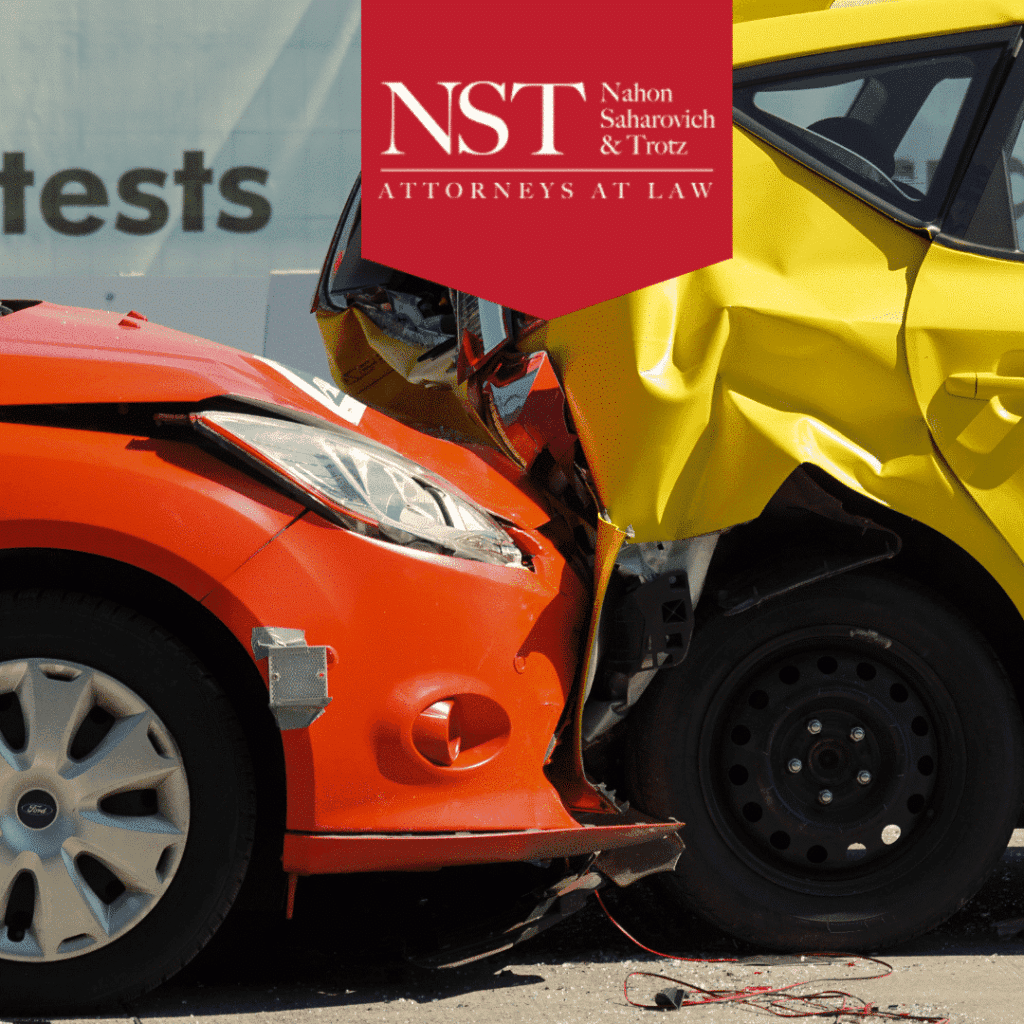- Autonomous vehicle, or AV, crash liability is exceptionally complex, with additional potentially liable parties and artificial intelligence acting as a driver.
- Determining liability in AV accidents requires adjusters and attorneys to identify who is ultimately responsible for the decision-making that occurs when an AV is in use.
- Many states have enacted laws regulating AV operations and liability, but the specifics vary.
- The federal government is working at a high level on balancing safety with innovation.
- The definition of an AV “operator” and insurance coverage requirements significantly affect liability and vary by state.
Autonomous vehicle technology has advanced rapidly in the past few years. Advanced driver assistance features are now available as standard or upgrade options from most manufacturers. Some, including Hyundai and Ford, have systems that can take over driver maneuvering in certain conditions. Mercedes has Drive Pilot, an automated driving system that operators can use in limited circumstances.
Advancements like these make many people dream of a future where they can sit back, relax, and let their car drive them to work. However, no system is perfect, and self-driving car crashes do occur. Hundreds are already on the record.
These crashes introduce a new level of legal complexity in regard to fault. At Nahon, Saharovich & Trotz, we follow autonomous car crash liability laws closely and are committed to helping the public learn more.
Traditional Liability Frameworks and Their Limitations
Determining liability is one of the most significant and challenging factors in the AV crash landscape. Here are some helpful definitions and strategies for understanding it:
Methods for Determining Liability
The typical liability framework in car accident cases is negligence, which is the failure to show the level of care expected from a reasonable person. If a driver fails to protect others on the road and causes an accident, and that accident results in injury, the negligent driver can be held liable.
One alternative framework is strict liability, which is frequently applied in product liability cases. The manufacturer can be held liable if a product is unreasonably dangerous at its origin, without the need to prove a duty of care. This is somewhat related to respondeat superior, in which an employer shares responsibility for employee actions that are part of the job.
Applying Fault Systems To Artificial Intelligence
These frameworks pose serious challenges in automated vehicle, or AV, crashes. One overarching question at the center of these challenges—is artificial intelligence, or AI, a product or a driver?
If AI qualifies as a driver, applying the concept of negligence can be problematic, as AI systems aren’t humans who can take accountability. Resolving these issues requires a closer examination of the systems and people behind AI algorithms.
Unique Challenges in Determining AV Liability
Autonomous vehicle technology is relatively new, and car accident law is still catching up. One key issue in determining who is liable in AV crashes is that the “driver” of at least one car is a computer algorithm.
Identifying the Responsible Parties
Determining responsibility in an AV crash is more challenging than deciding who is at fault between two human drivers. Multiple individuals and organizations may contribute to a failure that leads to a crash.
These parties may include:
- Manufacturers: Companies that failed to address a design defect or implement the proper testing procedures to identify a build error.
- Software and AI developers: Organizations that launched a system without adequate testing or screening for weaknesses in the algorithm.
- Component or sensor suppliers: Vendors that provided substandard parts, possibly violating contracts with the manufacturer.
- Vehicle owners and operators: Those who misuse or fail to maintain their AVs, or who override a system’s safeguards.
- Third parties: Other drivers, pedestrians, hackers, or road maintenance officials, to name some of the most likely liable third parties.
Understanding the chain of decisions that lead to an AV’s operations can be especially difficult, particularly given other presenting challenges.
Data Access and Ownership
Documentation is essential in determining the cause of a crash. For accidents involving AVs, this means gaining access to vehicle data, including sensor logs, system status updates, and records of human input.
Underwriters and attorneys can use AV data to reconstruct crashes and determine their cause, but there is significant debate over who “owns” or even can view this data. As lawmakers refine privacy policy, a lack of data access could make crashes difficult to investigate.
Predictability and Edge Cases
The law relies heavily on case history in determining liability, and AV crashes don’t have much precedent. It’s easy for an AV accident to involve a novel situation that challenges even the most flexible ideas of liability.
For example, we can expect that AVs will one day encounter the “trolley problem“: determining the most ethical response when the only options involve saving or sacrificing lives. The algorithm’s “decision” in this case would depend on programming, and ethical algorithm design is still a process of discussion.
Human-AV Interaction
Currently, no consumer-available autonomous vehicle (AV) technology completely removes humans from the driving process. Even vehicles with the highest level of automation still have steering, speed, and braking controls.
This leaves the question of how heavily AI algorithms rely on human interaction and how that affects liability. For example, who is responsible for an accident that happens during the moment of transition between human and AI control?
Cybersecurity
Except for mechanical failure incidents, traditional car crashes rarely involve liable parties who aren’t on the scene. But as AVs enter the picture, so do bad actors.
If a cyberattacker causes a crash by interfering with an AV’s systems, liability may fall on the organization or team that created the car’s information security system. This raises the issue of cybersecurity insurance, including possible interplay with business and auto coverage.
How States Are Responding To Autonomous Car Crashes and Liability Laws
Without a comprehensive federal law covering automated vehicle use, states have decided how or whether to regulate. There are states with:
- Explicit AV testing and deployment laws, occasionally with liability provisions
- Adapted traffic or liability laws
- More limited or cautious approaches to AV integration
Understanding self-driving car accident law by state can help industry professionals, attorneys, and consumers understand this developing landscape.
Tennessee
Tennessee allows fully autonomous vehicles to operate under select conditions, with or without a human driver. Qualifying vehicles must:
- Comply with federal vehicle safety standards
- Present a minimum level of risk if automated driving fails
- Register as an automated vehicle
To register an AV, the legal owner must complete a form that certifies the car’s level of automated driving. The highest level on the current consumer market is conditional automation, which is only available in select Mercedes-Benz vehicles. Given the limited scope of these vehicles, it will likely be some time before a self-driving car lawsuit arises in Tennessee.
Mississippi
In 2023, Mississippi passed the Mississippi Fully Autonomous Vehicle Enabling (MS FAVE) Act, which authorizes the operation of fully autonomous vehicles on public roads without a human driver, provided certain safety and insurance requirements are met. Operators must submit a Law Enforcement Interaction Plan and maintain minimum financial responsibility as outlined in the legislation.
Mississippi follows a pure comparative negligence system. Those partially at fault for an accident can still claim damages, but the court can reduce the award by the plaintiff’s fault percentage. Despite the law that the state’s legislature was recently passed, any crashes involving this technology may make litigation complicated.
Missouri
Missouri passed autonomous car legislation relatively early, officially permitting AVs in 2018. The legislation requires insurance coverage and limits the liability of manufacturers and mechanics.
A new bill has recently been introduced that defines the system as the driver for liability purposes, but the bill has not yet progressed through the state legislature.
As another pure comparative fault state, Missouri would allow plaintiffs partially responsible in AV accidents to pursue damages.
Arkansas
Like Missouri, Arkansas has passed legislation allowing AVs on public roads, provided they can safely navigate roads and railroad crossings and have appropriate insurance.
With no new liability laws, Arkansas defaults to its standard system of modified comparative negligence. A plaintiff can claim damages if their share of fault is no more than the defendant’s. This rule is likely to impact AV crashes, given the likelihood of multiple liable parties.
Other States
Many other states have also developed laws to regulate autonomous vehicles. One of the biggest challenges from a liability perspective is that states vary widely in their basic requirements, such as who the legal “operator” of an AV is and whether owners must have proof of insurance.
Meanwhile, few states address the data collection issue, but some have data collection mandates that allow or require the state to review automated vehicle data.
Also, only a few states specify what should happen in case of an accident. For example, Alabama, Iowa, Louisiana, and Utah require the vehicle to remain at the scene and the owner or remote driver to communicate with law enforcement. Alabama also makes the remote driver liable for any violations of state driving law.
Common Themes and Differences
While some state laws on driverless car accidents are specific, others are more vague. Most do not specify what happens in the event of a crash, and many do not identify the operator. Those that do usually define the operator as the person in control of the driverless car system.
This patchwork of laws makes it challenging to move forward with any consistency. The few commonalities may take hold and shape other state laws, but only time will tell.
The Federal Role and Future Outlook
Given that traffic law varies by state, it’s unsurprising that the autonomous vehicle legal response has been minimal at the federal level. However, there has been progress toward safety.
The National Highway Traffic Safety Administration, or NHTSA, has created a program called the Automated Vehicle Transparency and Engagement for Safe Testing Initiative. Also known as the AV Test Initiative, it provides an interactive reporting tool that allows states and companies to submit AV testing data.
The most significant recent development is the NHTSA’s new Automated Vehicle Framework, which streamlines regulations for crash reporting and supports innovation in the industry.
Implications for Stakeholders
With the Automated Vehicle Framework helping to support innovation, it’s important for anyone potentially involved with liability to be prepared.
Manufacturers
As AV technology advances, manufacturers must adapt their safety and liability processes accordingly.
Safety validation, user documentation, and warranty models should incorporate autonomous driving scenarios. Clarity will be key, as consumers and insurers will want to understand liability in various situations.
Insurers
The rise of AV technology is also likely to change how insurers understand risk and manage claims.
Risk assessment will need to incorporate AI algorithms, and claims will develop to include workflows for autonomous driver scenarios. The industry may also see more integration of product liability and auto insurance policies as algorithms become a potential “at-fault” party.
Consumers
Although consumers can’t yet purchase a fully autonomous vehicle, they can still benefit from understanding how AVs impact accident liability and passenger rights.
AV ride-hailing service Waymo now operates in six metro areas, and several high-end vehicle manufacturers have partially autonomous options. The more consumer understand, the more effectively they can protect their rights.
Legal System
The legal system needs to be ahead of the autonomous vehicle curve.
Developing legal precedents will impact future accident liability, potentially necessitating the reimagining of existing legal frameworks. At a minimum, lawyers must cultivate expert witness networks in AI and software engineering.
Connect With an Experienced Car Accident Lawyer
NST Law is committed to protecting victims’ rights in AV accidents and traditional car crashes. Whatever your interest in AV law, we’re here to help.
Call us at 800-529-4004 or contact us online to schedule a free consultation.
 Skip to content
Skip to content


